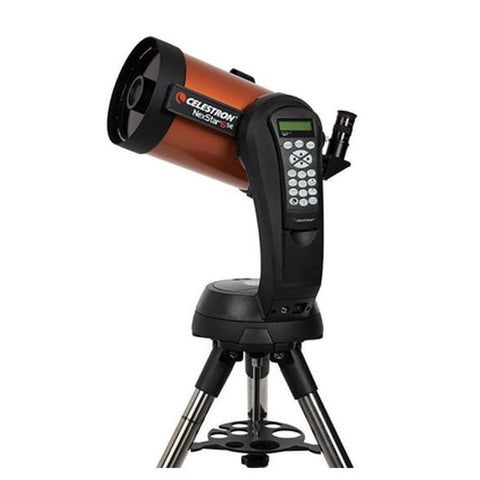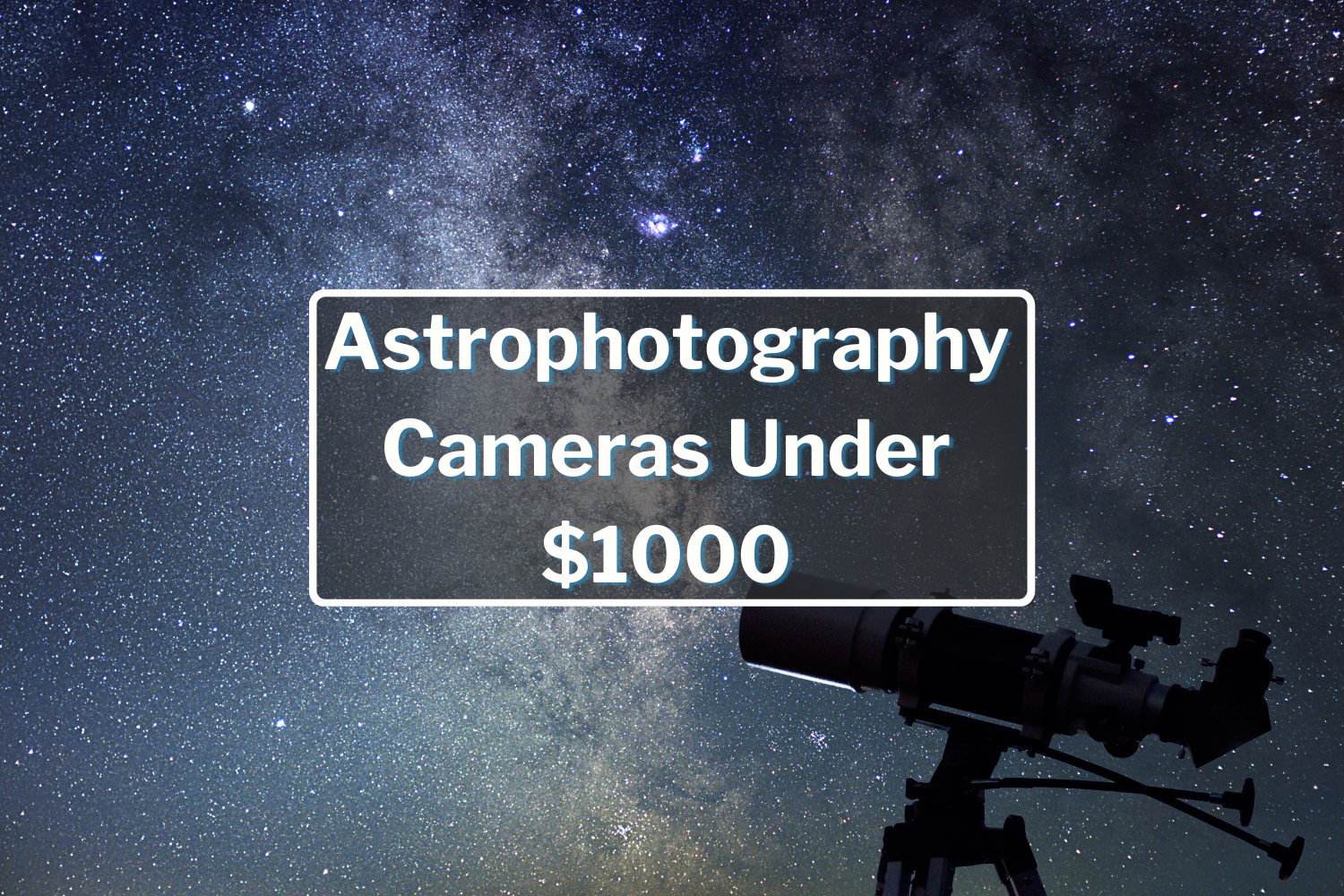Cassegrain Telescope, Types of Telescopes Part 3
THE CASSEGRAIN TELESCOPE

How Does a Cassegrain Telescope Work
The light (or wave) is then refocused back towards the hole where it converges to a focal point – the eyepiece.

This “folding” technique makes for a very compact design which delivers longer focal lengths and permits higher magnification. For example, a typical 8 inch SCT has a tube about 45cm long, which is a third of the length of an 8-inch Dobsonian.
Why a Cassegrain Telescope is Right for You
Being excellent for both deep sky and planetary observing and imaging, the Cassegrain telescope is the definition of "all-purpose". Most of these telescopes come with computerized (GoTo) functionality or motor-driven tracking which is great if you're looking for a telescope that can do it all. Here are two basic types of Cassegrain telescopes:
The SCT combines a simple spherical mirror with a specially-figured lens at the front of the tube to correct for spherical aberration, with a piece of film placed at the plane. This design is ideal for imaging wide-field views of the sky using either a DSLR or a specialized CCD Camera.
- Compact and versatile
- Very little chromatic aberration
- Large aperture
Maksutov-Cassegrain telescopes are much like Schmidt-Cassegrains, however, the corrector lens on a Mak has a simple spherical curve which is easy to manufacture. The secondary mirror is simply a thin layer of aluminum deposited on the back of the lens. So unlike a Newtonian or Schmidt, a Maksutov-Cassegrain requires no alignment on the secondary.

- Compact and versatile
- Very little chromatic aberration
- Alignment is rarely required
Troubleshooting the Cassegrain Telescope
Motorized tracking and GoTo functionality are great features to have for your telescope but they have an added cost. This typically makes them more expensive than other similar telescopes like Newtonian telescopes. The telescope itself is compact and small but the mounts are normally a bit on the heavy side making them together somewhat more difficult to transport.
Also, because they have closed tubes they take much longer to cool down to ambient temperature.
The Cassegrain Telescope in Summary
Cassegrain telescopes are wonderful for all-around observing of the Moon, planets, double stars, and narrow-field views of deep-sky objects. In short, observers with a larger budget who still want aperture but who favor portability will find the Cassegrain suitable for their needs!













